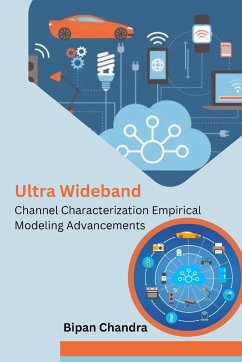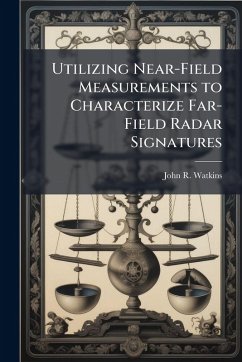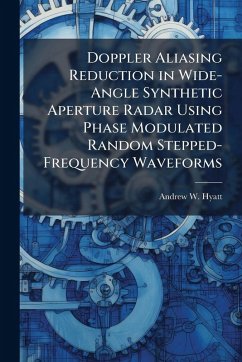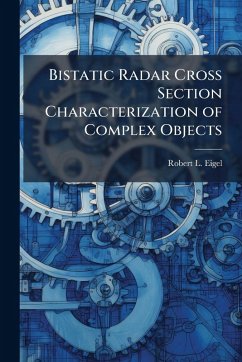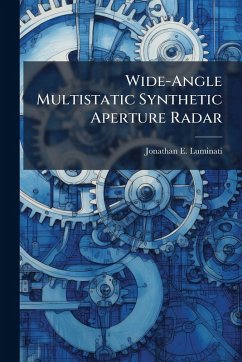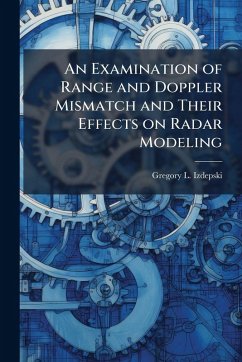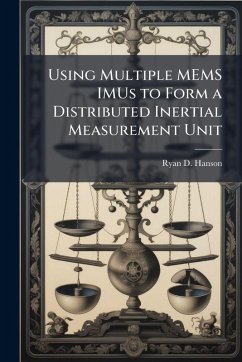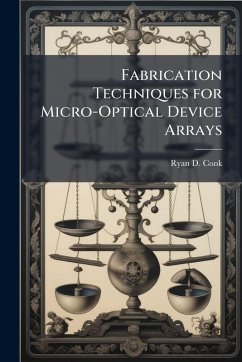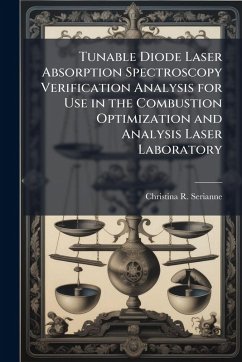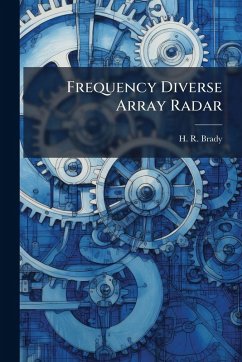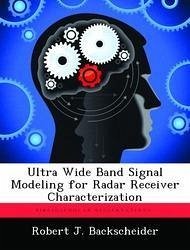
Ultra Wide Band Signal Modeling for Radar Receiver Characterization
Versandkostenfrei!
Versandfertig in über 4 Wochen
15,99 €
inkl. MwSt.

PAYBACK Punkte
8 °P sammeln!
Results for modeling, simulation, and analysis of interference effects that modern wideband signals have on existing narrowband radar system performance are presented. In particular, radar detection performance is characterized using a basic radar receiver model and operational parameters consistent with those of the ARSR-4 air route surveillance radar. Two modern wideband signals (interferers) are addressed in this work, including the GPS military signal (M-Code signal) and a direct sequence ultra wideband (DS-UWB) waveform meeting outdoor emission restrictions imposed by the Federal Communic...
Results for modeling, simulation, and analysis of interference effects that modern wideband signals have on existing narrowband radar system performance are presented. In particular, radar detection performance is characterized using a basic radar receiver model and operational parameters consistent with those of the ARSR-4 air route surveillance radar. Two modern wideband signals (interferers) are addressed in this work, including the GPS military signal (M-Code signal) and a direct sequence ultra wideband (DS-UWB) waveform meeting outdoor emission restrictions imposed by the Federal Communications Commission (FCC). Interference effects are characterized for an unmodulated sinusoidal pulse, as well as, linear frequency modulated (LFM) and bi-phase Barker coded pulse compression waveforms. Finally, coherent pulse integration is addressed and interference mitigation demonstrated via improved detection performance. This work has been selected by scholars as being culturally important, and is part of the knowledge base of civilization as we know it. This work was reproduced from the original artifact, and remains as true to the original work as possible. Therefore, you will see the original copyright references, library stamps (as most of these works have been housed in our most important libraries around the world), and other notations in the work. This work is in the public domain in the United States of America, and possibly other nations. Within the United States, you may freely copy and distribute this work, as no entity (individual or corporate) has a copyright on the body of the work. As a reproduction of a historical artifact, this work may contain missing or blurred pages, poor pictures, errant marks, etc. Scholars believe, and we concur, that this work is important enough to be preserved, reproduced, and made generally available to the public. We appreciate your support of the preservation process, and thank you for being an important part of keeping this knowledge alive and relevant.



